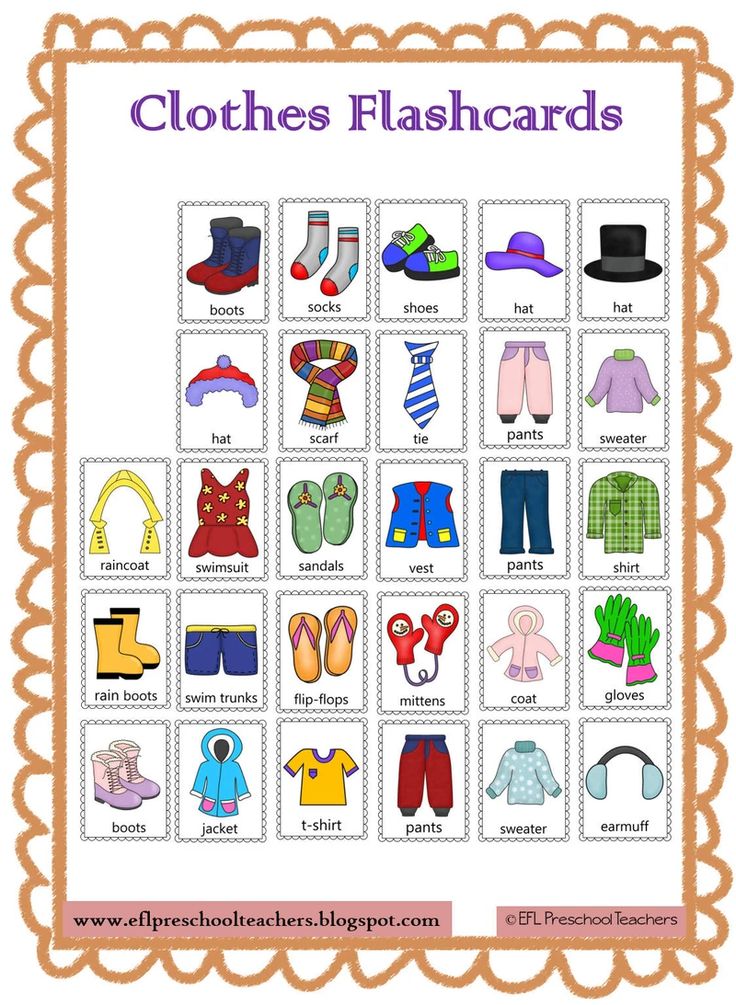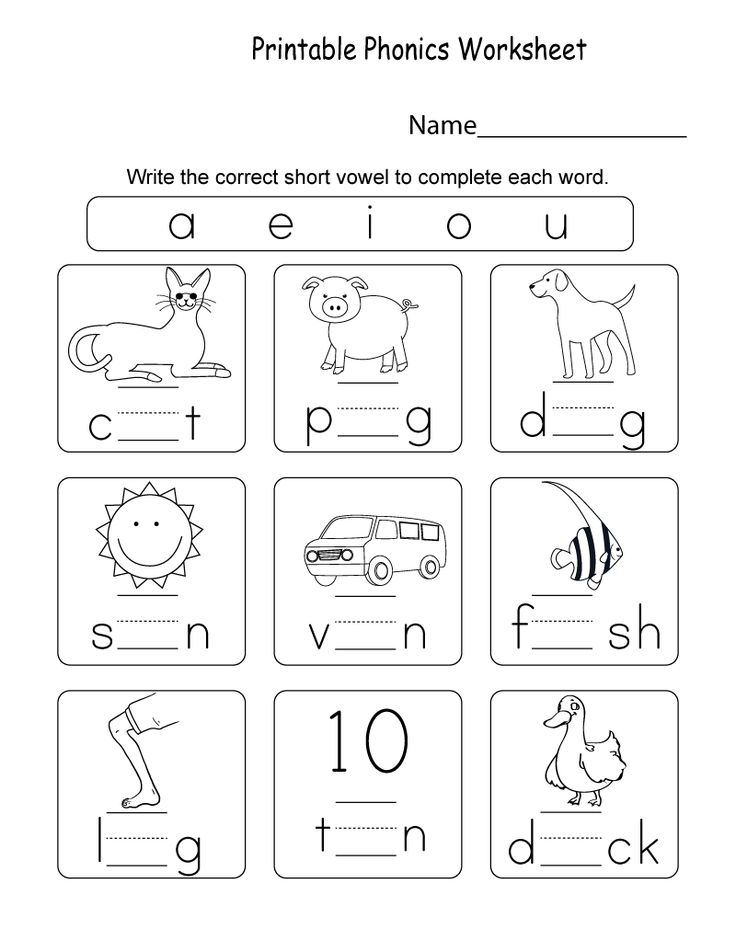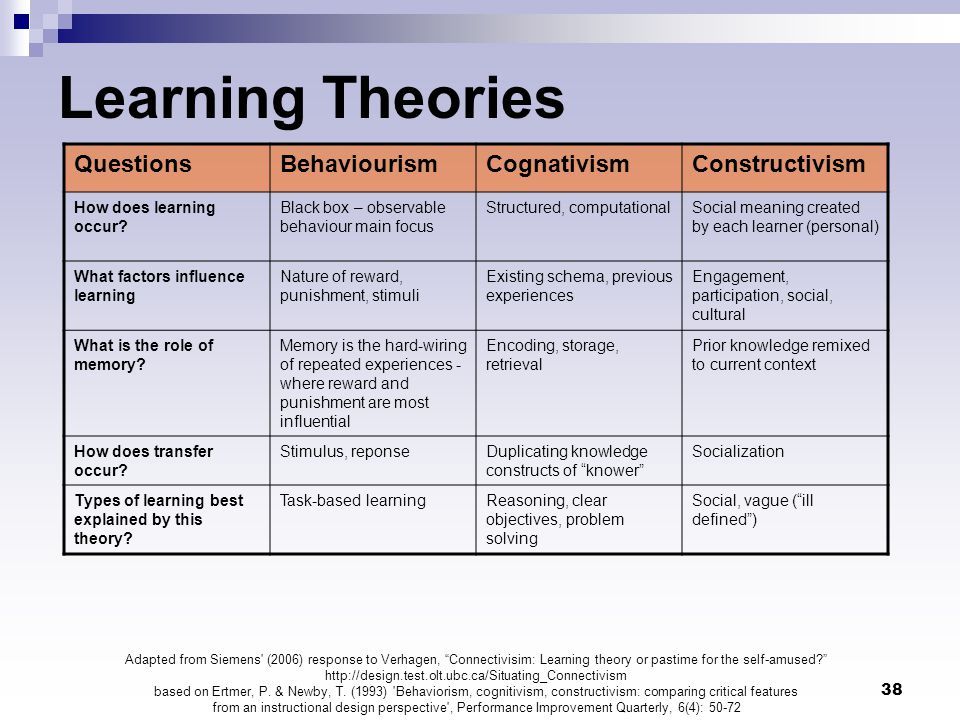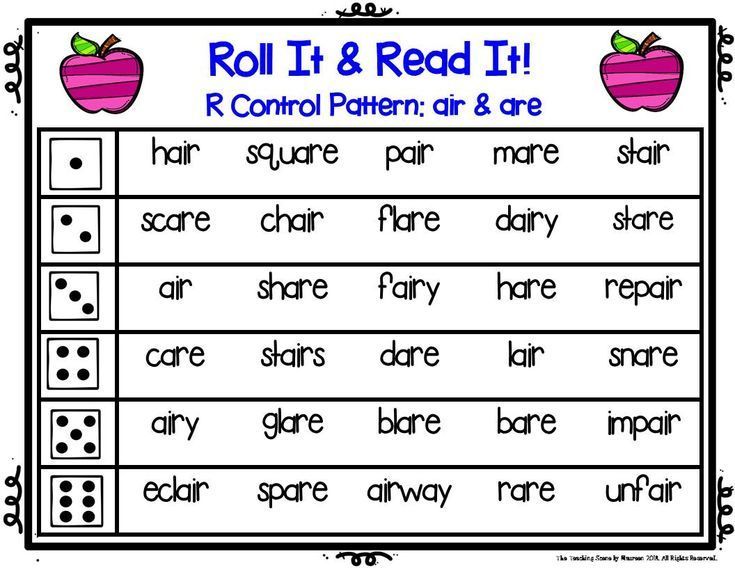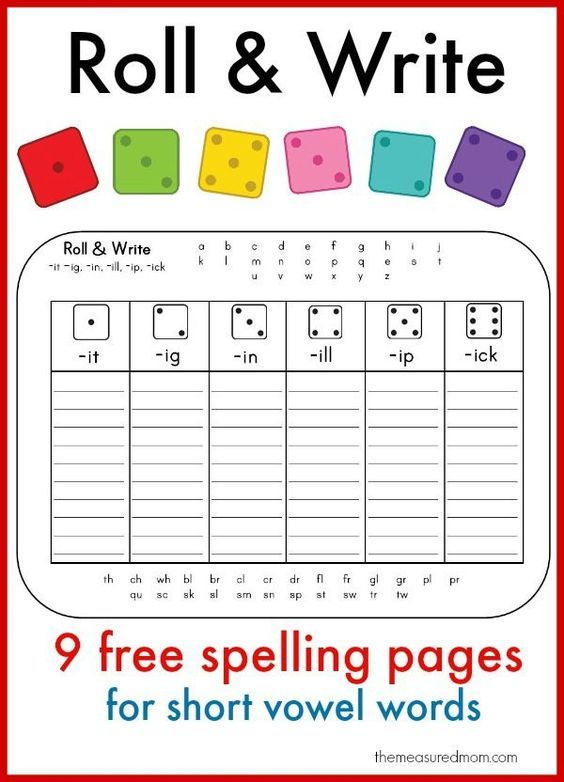Listening and following directions
A Listening Skills Activity for Students
Teacher Resources
Susan Mackey Collins-Guest Blogger Comment
It may be challenging getting students to follow directions and listen, especially coming back from winter break. Try this fun listening skills activity in your classroom to catch their attention.
Directions: Explain to the class that you are going to do an activity to practice listening skills and following directions. Students need to be sitting where they can easily hear the teacher. Students might also need to move, so remind them to clear off their books from their desks before beginning the activity.
Read each statement below slowly and clearly. Tell the students you will not repeat directions for this activity. Students should listen to what is being read, think about what should be done, and then react to what has been read.
Remind students they should continue with each direction until they are told to stop and move on to the next direction. Be sure to check the answer key for each correct response.
- If your first name starts with the letter that comes after the letter “B” in the alphabet, then stand up. If it does not, put your head down on your desk. (Everyone can now raise his or her head off the desk or sit down.)
- If you own a pet dog or cat, raise your right hand. (Everyone can now put his or her hand down.)
- If you know what 3 x 3 equals, hold up enough fingers to show the answer to the problem. (Everyone can now put his or her hands down.)
- If you think this statement is true, stand up: Photosynthesis is the process through which plants use sunlight to make water. (Anyone standing can now sit down.)
- One explorer is given credit for discovering the Americas. His first and last name start with the same letter.
 Show the shape of the letter by using the fingers on your left hand. (Everyone can stop making the shape.)
Show the shape of the letter by using the fingers on your left hand. (Everyone can stop making the shape.)
- Stand up if the following sentence needs a comma: Her birthday was July 5 1978. (Anyone standing can now sit down.)
- If the current month we are in has 31 days in it, then stomp your feet twice. If it doesn’t, then snap your fingers twice.
Something Extra: On a separate sheet of paper, create more “listen, think, and react” statements about topics you are currently studying in class.
For more Listening Skill Activity Pages, download sample pages from Following Directions.
Susan Mackey Collins is a veteran teacher who has taught at both the elementary and middle school level. She currently teaches 6, 7, and 8th grade Advanced Language Arts outside of Nashville, Tennessee. She has authored many books for Teacher Created Resources including Cursive Writing Activities, the Discovering Genres Series, and many of the titles from our popular Mastering Skills Series.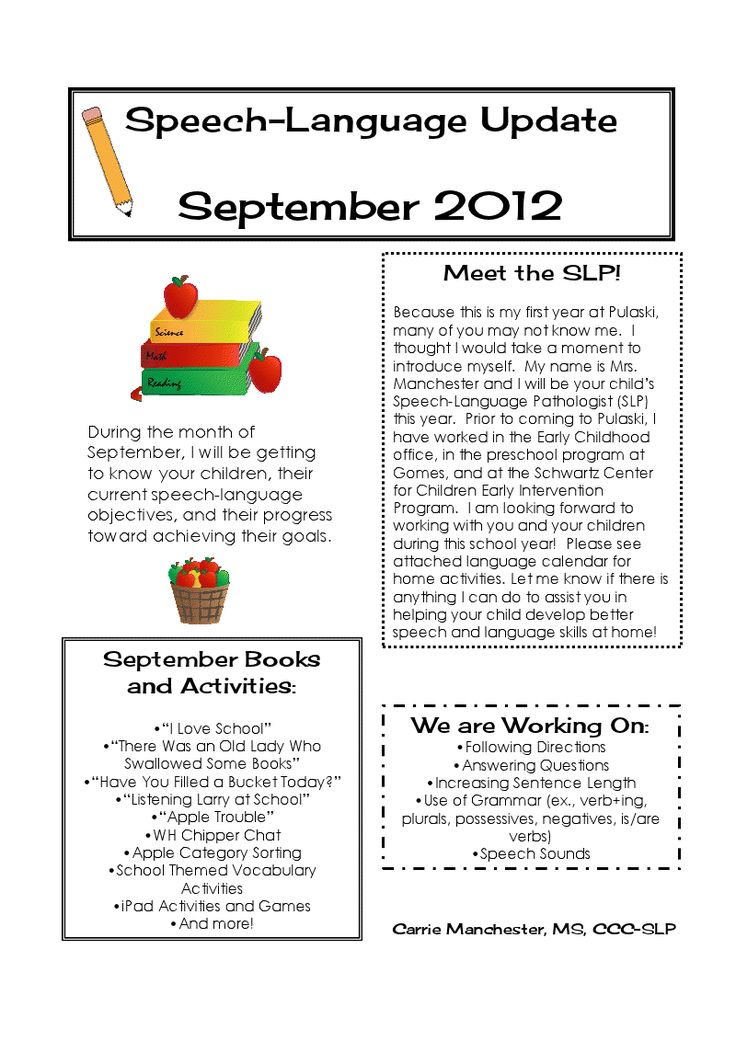
7 Core Following Directions Activities for Kids That'll Improve Listening
Inside: Quick and easy following directions activities for kids that will help them practice self-control, emotional regulation and improve listening skills.
There was a joke traveling around years ago from Carrie On Y’all that said, “Maybe if I start yelling ‘Get your shoes on!’ the night before, we could get to school on time the next day.”
Honestly, the struggle is real.
Kids need A LOT of practice to learn basic life skills.
Following directions activities can support better listening skills in your child.
Teaching kids to follow directions isn’t as simple as doing a listening activity for kids, watching fairy dust shower from above, and seeing your kids transform into magical listeners.
Several years ago I was getting ready to take my son to school. He insisted—like life or death insisted—that he needed to wear his green shoes.
So I helped him find his green shoes, laid them out on the floor, and then realized I made a horrible mistake.
He shook his head and said, “No green shoes, mom. Nooo!”
In exactly two minutes, the green shoes went from being my complaining child’s most prized possession to the most horrible and disgusting shoes one could don.
Related Posts:
- 2 year old not listening? Try this remarkable tip.
- 10 Totally Awesome Tricks for Independent Kids
Teaching kids to follow directions – let’s simplify.
1. Connection first. Attention follows.
A few brief moments using SAY WHAT YOU SEE®, where you describe what your child is thinking, doing, feeling or saying, makes a big difference. This is the building block of connection, and when kids feel connected to you, they are for more likely to cooperate.
It might sound something like, “You’re drawing a picture with big green squares and red lines.”
No brainer, right? And yet, I still find myself talking to my kids without taking a brief moment for connection.
Sharing a set of instructions before you briefly connect with your child is like speaking foreign language. It can fall flat.
I know I have my child’s full attention when I have two things:
- Eye contact
- Eyes level (get down to the child’s level).
2. Be short and specific.
Kids tend to hear a lot of conversational white noise when adults are speaking to them. Say exactly what needs to be said for your child to follow your directions. Trim everything else out.
Instead of… “Hurry up. We gotta get out the door for this appointment. Get your coat lets go.”
Try… “Coat please.” Or, “You’re missing a coat.”
3. Use “wait time.”
This is a great strategy that I learned from a teacher. After giving a set of instructions to your kids, pause for 3-7 seconds to allow their brain to process and apply the information. Research shows kids are more likely to follow directions if you give them “wait time” or a hearty pause.
As adults, we are used to processing information much quicker, but kids…they take time.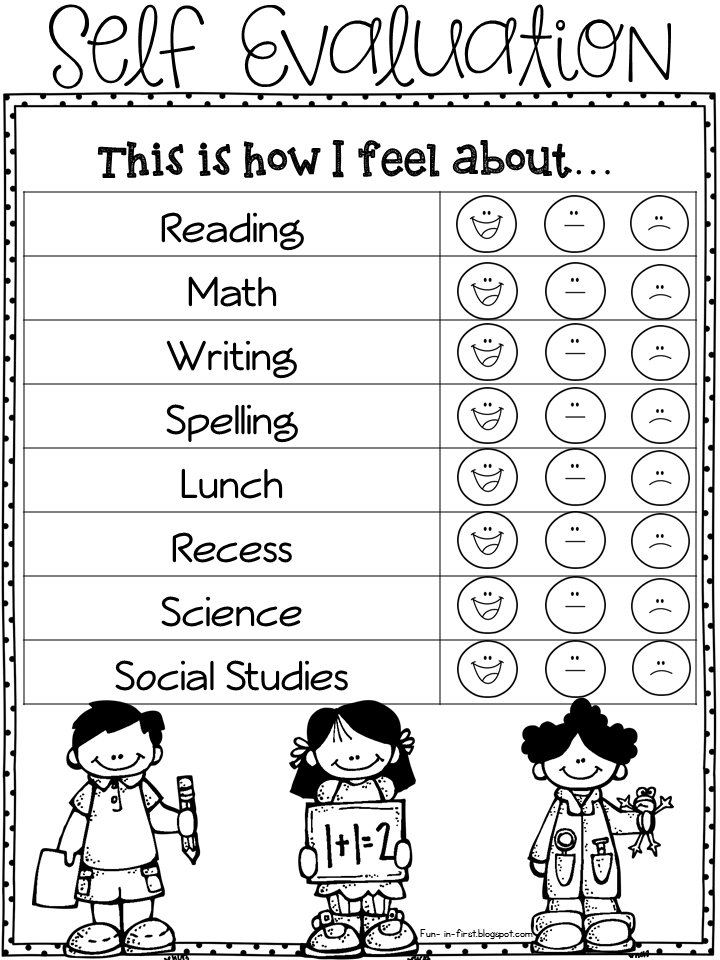
Think of it this way: Keeping realistic expectations and waiting is the difference between you giving up and throwing your tea in the air vs. you calmly taking a sip of your tea while you employ “wait time.”
4. Unless you are offering a choice, don’t ask.
If your directions aren’t up for negotiation, keep that door firmly closed. Offering choices is a fabulous way to help end power struggles and enjoy a happier home.
But…everything in life is not always a choice. If you can’t offer a choice within a parental boundary you feel good about, give instructions as a statement, rather than a question.
Instead of… “Can you pick up your toys?”
Try… “I see toys on the floor and it’s time to leave.”
Or if you’d like to offer a choice, you can say something like, “I see blocks and dolls. Show me which one you want to put away first.”
5. Practice using following directions activities.
In order to build great listening skills, kids need a lot of practice…A LOT.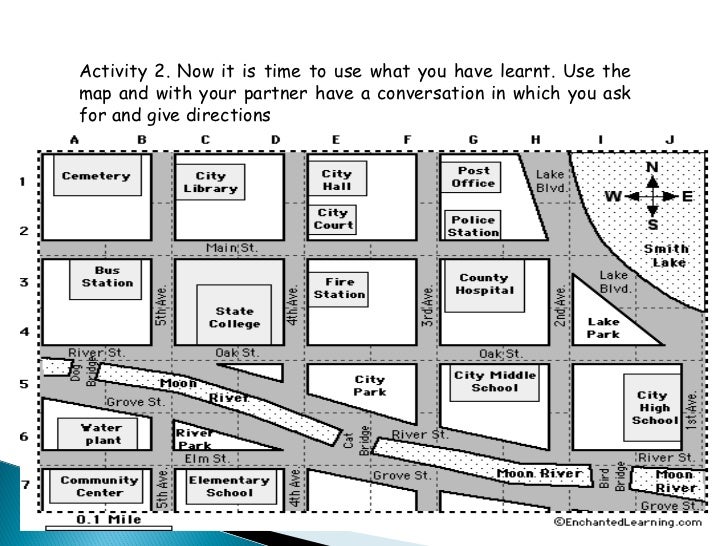
Which makes sense! I think we all can relate to needing a lot of practice before we can get good at anything. I could tell you a few stories about burnt dinner rolls for the past five years, but that’s a story for another day 🙂
Related:
- 50+ Best Simple Games for 2 Year Olds and Up
- The Ultimate List of Board Games for 2 Year Olds
7 core following directions activities for kids.
There are several good ‘ole fashioned standby games to play with kids to help them 1) Listen and hear what you are instructing and 2) Practice following the directions you shared.
1. Simon Says
One person is Simon or Elmo or Dora or Spiderman or Teacher or Whoever, and this person is the “leader.” Simon gives a set of instructions and everyone else follows. The person who doesn’t follow the instructions is “out.” And the person who follows the instructions throughout the game, wins Simon Says.
2. Red Light, Green Light.
One person is the leader who calls out “Red Light” or “Green Light.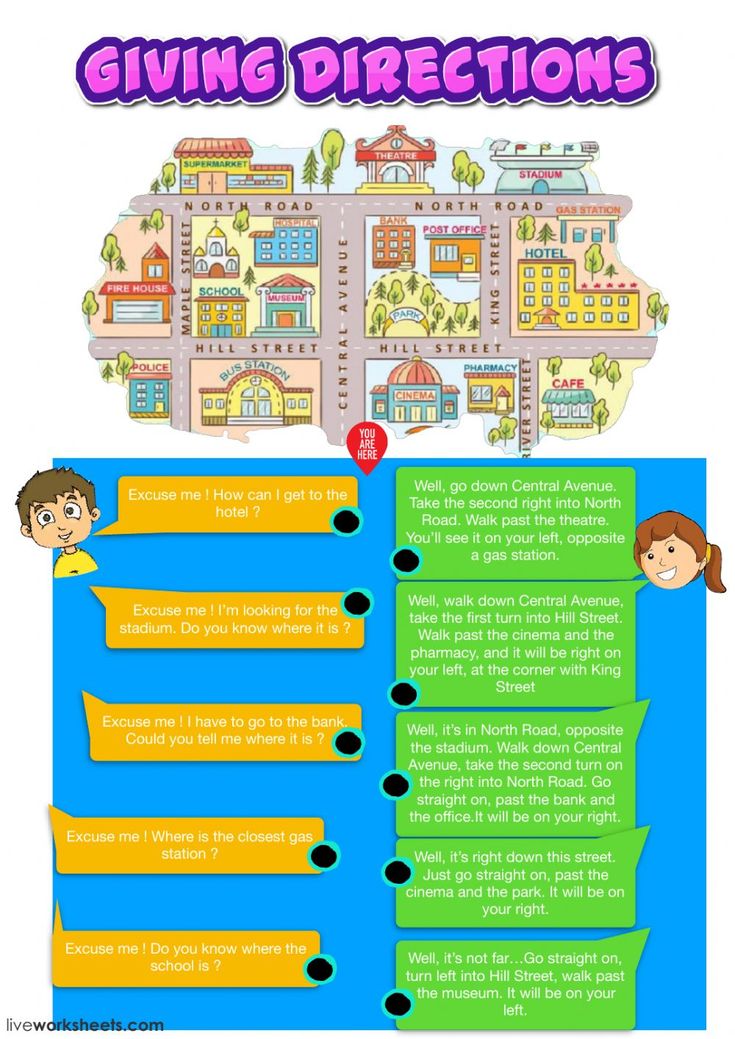 ” When the leader calls out “Red Light,” everyone stops. When the leader calls out “Green Light,” everyone goes. Anyone who doesn’t stop or freeze during “Red Light” is out.
” When the leader calls out “Red Light,” everyone stops. When the leader calls out “Green Light,” everyone goes. Anyone who doesn’t stop or freeze during “Red Light” is out.
3. Follow the Leader.
Take a walk around your house or outside and whatever you (or the leader) does, everyone else must follow. This is a great game to allow your child to be the leader and have you follow your child. It’s a perfect opportunity to model following directions for your child!
4. Map Game
Try this map game and help your kids work their way through the grid following the directions given. Practice counting and using the words left, right, forward, and backward.
5. Two-step direction games.
Do one of these 2-step direction games with your kids. This is perfect for preschoolers and above! Have your kids follow some of the 2-step directions throughout the day (e.g. Shake your head “yes” and then quack like a duck.) Brilliant!
6. Lego® Game
If you have kids who are old enough to play a board game, try this Lego Game to help your kids practice reading directions and following them.
7. Visual direction activities.
With kids, visual directions are so important! You can make life simpler and fun using visual directions for your kids, such as a printable daily schedule for kids.
- Bedtime routine cards
- Morning routine cards
- Mealtime routine cards
Using routines is a great way to support cooperation and help your kids learn to follow directions.
They are also energy saving, AND a great way to avoid yelling “Green shoes!” ten times every morning or “Eat your dinner!” six times every evening.
Grab your FREE Following Directions Checklist Here!
More popular parenting posts
- 2 Year Old Sleep Schedule to Help Kids Fall Asleep and Wake Happy
- Best Morning Routine Tips and Tricks Your Kids Will Actually Follow
- 3 Things Every Parent of a Strong Willed Toddler Should Know
- 50+ Outdoor Toys for Kids That’ll Bring Hours of Fun
- Best Summer Schedule for Kids That You Can Print and Use Daily
I've created a free email series just for you! If you are struggling with teaching your child to listen, this series will help transform your parenting. Yes, really. I've seen my proven strategies work time and time again for parents. I know it can work for you too.
Yes, really. I've seen my proven strategies work time and time again for parents. I know it can work for you too.
After taking my free email series, you will:
- Learn simple, yet highly effective listening strategies
- Experience a stronger connection with your child
- Enjoy more peaceful parenting days
- Gain more cooperation from your child
Click here to sign up!
Are you new to this community? Start here, friend.
TEXT 7
Library » Srimad Bhagavatam » Song 3 » CHAPTER TWENTY-TWO
Text
Text
disṭy± tvay±nushishṭo ’haṁ
kṛtash ch±nugraho mahan diṣṭy± —fortunately; tvay± — from you; anuṣishṣṭaḥ —received instructions; aham —I; kṛtaḥ —bestowed; cha —i; anugrahaḥ —mercy; mahan —great; ap±vrtaiḥ —open; karna-randhraih — through the ear openings; jusht±ḥ —received; diṣṭy± —I am fortunate; usatīkḥ —clean; giraḥ — speeches.
diṣṭyā - luckily; tvayā - by you; anuśiṣṭaḥ - instructed; aham - I; kṛtaḥ - bestowed; ca -and; anugrahaḥ favor; mahan great; apāvṛtaiḥ - open; karṇa - randhraiḥ - with the holes of the ears; juṣṭāḥ - received; diṣṭyā - by good fortune; uśatīḥ pure; giraḥ - words.
Translation
Translation
Luckily for me, I received instructions from you, and with them a great mercy. I thank God for listening to your pure words.
I have fortunately been instructed by you, and thus great favor has been bestowed upon me. I thank God that I have listened with open ears to your pure words.
A comment
Purport
In Bhakti-rasamrta-sindhu, Srila Rupa Gosvami gives instructions on how to accept a spiritual master and develop one's relationship with him. A person who wants to achieve spiritual perfection must first of all find a bona fide spiritual master, and then carefully listen to his instructions and try to follow them. This is how an exchange of service takes place between the spiritual master and the disciple. A true spiritual teacher or a holy person is always ready to help people who turn to him in their spiritual quest. Being in the power of illusion, mayi, we have forgotten our primary duty, which is Krishna consciousness, so a saintly person always desires only one thing - that each of us also become a saint. A saintly person sees his mission as awakening Krsna consciousness in everyone who has forgotten God.
A person who wants to achieve spiritual perfection must first of all find a bona fide spiritual master, and then carefully listen to his instructions and try to follow them. This is how an exchange of service takes place between the spiritual master and the disciple. A true spiritual teacher or a holy person is always ready to help people who turn to him in their spiritual quest. Being in the power of illusion, mayi, we have forgotten our primary duty, which is Krishna consciousness, so a saintly person always desires only one thing - that each of us also become a saint. A saintly person sees his mission as awakening Krsna consciousness in everyone who has forgotten God.
Śrīla Rūpa Gosvāmī has given directions, in his Bhakti-rasāmṛta-sindhu, on how to accept a bona fide spiritual master and how to deal with him. First, the desiring candidate must find a bona fide spiritual master, and then he must very eagerly receive instructions from him and execute them. This is a reciprocal service.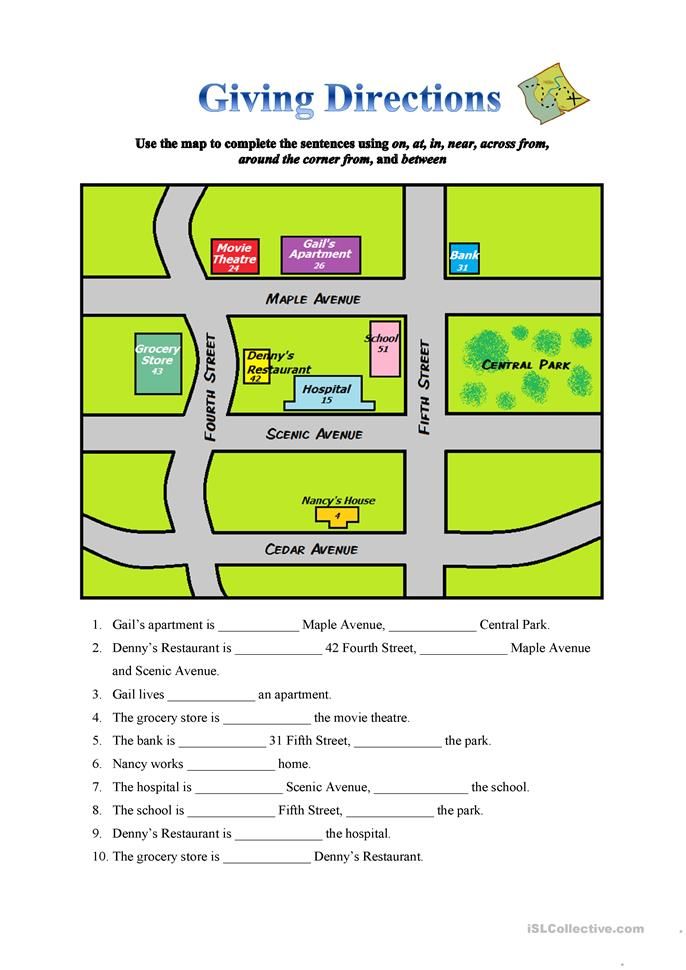 A bona fide spiritual master or saintly person always desires to elevate a common man who comes to him. Because everyone is under the delusion of māyā and is forgetful of his prime duty, Kṛṣṇa consciousness, a saintly person always desires that everyone become a saintly person. It is the function of a saintly person to invoke Kṛṣṇa consciousness in every forgetful common man.
A bona fide spiritual master or saintly person always desires to elevate a common man who comes to him. Because everyone is under the delusion of māyā and is forgetful of his prime duty, Kṛṣṇa consciousness, a saintly person always desires that everyone become a saintly person. It is the function of a saintly person to invoke Kṛṣṇa consciousness in every forgetful common man.
Manu says that the advice and instructions of Kardama Muni brought him great benefit. He considers himself very lucky, as he personally heard the instructions of the sage. It is emphasized here that one should strive to acquire spiritual knowledge and eagerly listen to a bona fide spiritual master, who is the authoritative source of such knowledge. How do you get transcendental knowledge? It must be heard. Word karna-randhraih literally means "through the ear holes." The grace of the spiritual master can only be obtained through the ears. This, however, does not mean that the spiritual teacher gives the student some mantra, he hears it, pays money for it, and, meditating on this mantra, reaches perfection in six months and becomes God. This kind of hearing is a farce. The actual practice is based on the fact that a bona fide spiritual master knows the abilities and inclinations of each student, knows what duties he can perform in Krsna consciousness, and gives him appropriate instructions. The disciple listens to the spiritual master, and he instructs him, not alone, but in the presence of others: “You are capable of such and such work in Krishna consciousness. You should do this and that." He orders one disciple to serve Krishna by caring for the Deities, another by editing books and magazines, a third by the spiritual master to preach, and a fourth by serving Krishna by working in the kitchen. There are many different kinds of activities in Krishna consciousness, and the spiritual master, knowing the abilities and capabilities of each individual student, entrusts him with a task for which the student has an innate inclination, so that by engaging in this service he can achieve perfection. The Bhagavad-gita also says that the highest perfection in spiritual life is achieved by one who engages in service according to his inclinations, just as Arjuna served Krishna using his military skills.
This kind of hearing is a farce. The actual practice is based on the fact that a bona fide spiritual master knows the abilities and inclinations of each student, knows what duties he can perform in Krsna consciousness, and gives him appropriate instructions. The disciple listens to the spiritual master, and he instructs him, not alone, but in the presence of others: “You are capable of such and such work in Krishna consciousness. You should do this and that." He orders one disciple to serve Krishna by caring for the Deities, another by editing books and magazines, a third by the spiritual master to preach, and a fourth by serving Krishna by working in the kitchen. There are many different kinds of activities in Krishna consciousness, and the spiritual master, knowing the abilities and capabilities of each individual student, entrusts him with a task for which the student has an innate inclination, so that by engaging in this service he can achieve perfection. The Bhagavad-gita also says that the highest perfection in spiritual life is achieved by one who engages in service according to his inclinations, just as Arjuna served Krishna using his military skills. Having fulfilled the duty of a warrior to the end, Arjuna achieved spiritual perfection. Similarly, an artist can achieve perfection by painting pictures under the guidance of a spiritual master. A person with a literary gift can write articles or compose poetry in the service of Krishna and following the instructions of the spiritual master. The disciple needs to be instructed by the spiritual master as to how he should exercise his powers, since the spiritual master is qualified to give such instructions.
Having fulfilled the duty of a warrior to the end, Arjuna achieved spiritual perfection. Similarly, an artist can achieve perfection by painting pictures under the guidance of a spiritual master. A person with a literary gift can write articles or compose poetry in the service of Krishna and following the instructions of the spiritual master. The disciple needs to be instructed by the spiritual master as to how he should exercise his powers, since the spiritual master is qualified to give such instructions.
Manu said that since he was advised and instructed by Kardama Muni, he was very much favored. He considered himself lucky to receive the message by aural reception. It is especially mentioned here that one should be very inquisitive to hear with open ears from the authorized source of the bona fide spiritual master. How is one to receive? One should receive the transcendental message by aural reception. The word karṇa-randhraiḥ means “through the holes of the ears. ” The favor of the spiritual master is not received through any other part of the body but the ears. This does not mean, however, that the spiritual master gives a particular type of mantra through the ears in exchange for some dollars and if the man meditates on that he achieves perfection and becomes God within six months. Such reception through the ears is bogus. The real fact is that a bona fide spiritual master knows the nature of a particular man and what sort of duties he can perform in Kṛṣṇa consciousness, and he instructs him in that way. He instructs him through the ear, not privately, but publicly. “You are fit for such and such work in Kṛṣṇa consciousness. You can act this way.” One person is advised to act in Kṛṣṇa consciousness by working in the Deities' room, another is advised to act in Kṛṣṇa consciousness by performing editorial work, another is advised to do preaching work, and another is advised to carry out Kṛṣṇa consciousness in the cooking department. There are different departments of activity in Kṛṣṇa consciousness, and a spiritual master, knowing the particular ability of a particular man, trains him in such a way that by his tendency to act he becomes perfect.
” The favor of the spiritual master is not received through any other part of the body but the ears. This does not mean, however, that the spiritual master gives a particular type of mantra through the ears in exchange for some dollars and if the man meditates on that he achieves perfection and becomes God within six months. Such reception through the ears is bogus. The real fact is that a bona fide spiritual master knows the nature of a particular man and what sort of duties he can perform in Kṛṣṇa consciousness, and he instructs him in that way. He instructs him through the ear, not privately, but publicly. “You are fit for such and such work in Kṛṣṇa consciousness. You can act this way.” One person is advised to act in Kṛṣṇa consciousness by working in the Deities' room, another is advised to act in Kṛṣṇa consciousness by performing editorial work, another is advised to do preaching work, and another is advised to carry out Kṛṣṇa consciousness in the cooking department. There are different departments of activity in Kṛṣṇa consciousness, and a spiritual master, knowing the particular ability of a particular man, trains him in such a way that by his tendency to act he becomes perfect.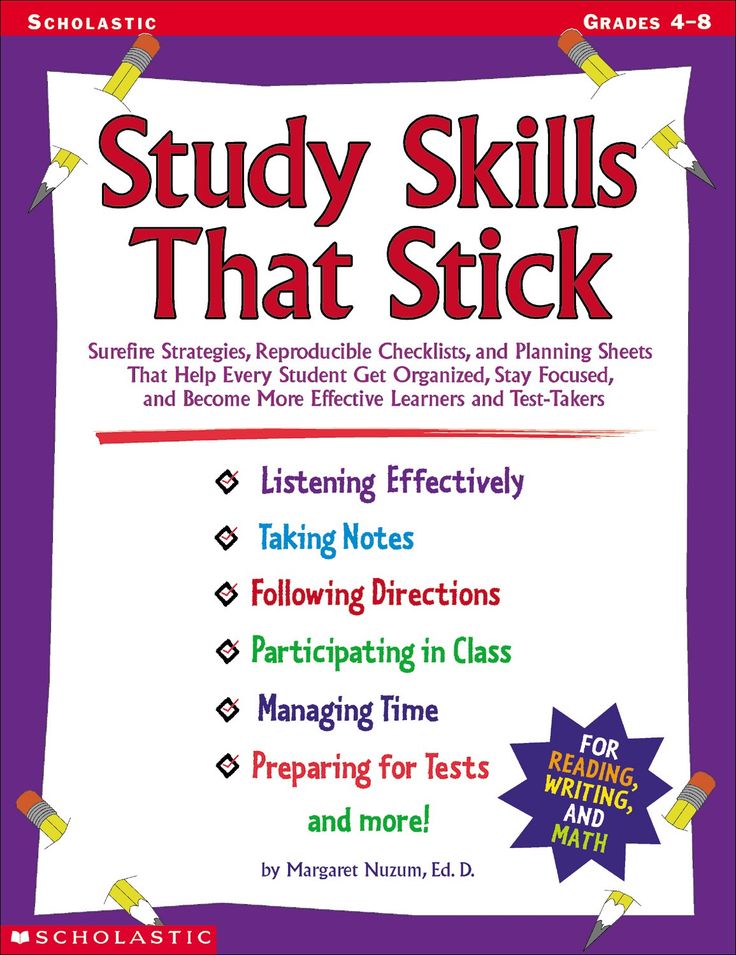 Bhagavad-gītā makes it clear that one can attain the highest perfection of spiritual life simply by offering service according to his ability, just as Arjuna served Kṛṣṇa by his ability in the military art. Arjuna offered his service fully as a military man, and he became perfect. Similarly, an artist can attain perfection simply by performing artistic work under the direction of the spiritual master. If one is a literary man, he can write articles and poetry for the service of the Lord under the direction of the spiritual master. One has to receive the message of the spiritual master regarding how to act in one’s capacity, for the spiritual master is an expert in giving such instructions.
Bhagavad-gītā makes it clear that one can attain the highest perfection of spiritual life simply by offering service according to his ability, just as Arjuna served Kṛṣṇa by his ability in the military art. Arjuna offered his service fully as a military man, and he became perfect. Similarly, an artist can attain perfection simply by performing artistic work under the direction of the spiritual master. If one is a literary man, he can write articles and poetry for the service of the Lord under the direction of the spiritual master. One has to receive the message of the spiritual master regarding how to act in one’s capacity, for the spiritual master is an expert in giving such instructions.
The combination of the instructions of the spiritual master and strict adherence to these instructions makes the whole process of spiritual self-realization perfect. Srila Visvanatha Cakravarti Thakur, commenting on Bhagavad-gita vyavas±y±tmika± buddhih, , says that one who really wants to achieve success in spiritual life should receive specific instructions from the spiritual master on what he should do. He should try to strictly follow the instruction received, making this the mission of his life. Strict execution of the will of the spiritual master is the sole and main duty of every disciple; only in this way can he achieve perfection. A person should try at all costs to hear the instructions of the spiritual master, and having heard them, strictly follow his will. This will enable him to achieve the purpose of life.
He should try to strictly follow the instruction received, making this the mission of his life. Strict execution of the will of the spiritual master is the sole and main duty of every disciple; only in this way can he achieve perfection. A person should try at all costs to hear the instructions of the spiritual master, and having heard them, strictly follow his will. This will enable him to achieve the purpose of life.
This combination, the instruction of the spiritual master and the faithful execution of the instruction by the disciple, makes the entire process perfect. Śrīla Viśvanātha Cakravartī Ṭhākura describes in his explanation of the verse in Bhagavad-gītā, vyavasāyātmikā buddhiḥ, that one who wants to be certain to achieve spiritual success must take the instruction from the spiritual master as to what his particular function is. He should faithfully try to execute that particular instruction and should consider that his life and soul. The faithful execution of the instruction which he receives from the spiritual master is the only duty of a disciple, and that will bring him perfection.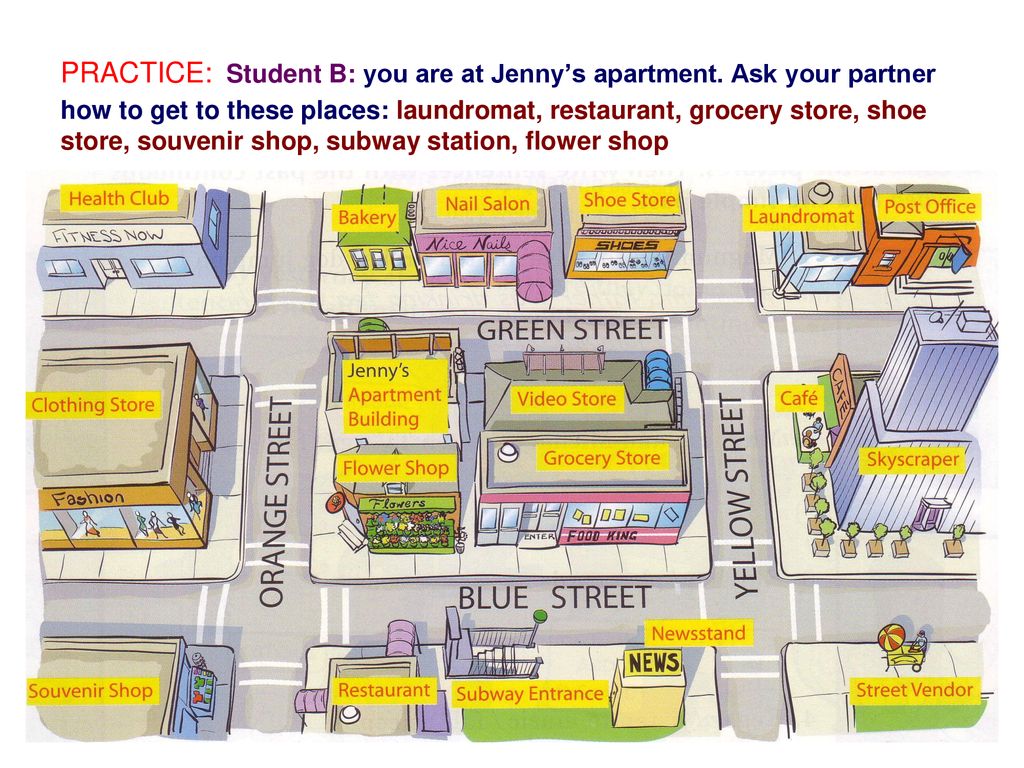 One should be very careful to receive the message from the spiritual master through the ears and execute it faithfully. That will make one's life successful.
One should be very careful to receive the message from the spiritual master through the ears and execute it faithfully. That will make one's life successful.
News. Zakharova urged Kyiv not to listen to "NATO mentors"
News. Zakharova urged Kyiv not to listen to "NATO mentors"-
Profile
-
Favorites
4 February 2022, 12:12 February 4, 2022, 13:12 February 4, 2022, 14:12 February 4, 2022, 15:12 February 4, 2022, 16:12 February 4, 2022, 17:12 February 4, 2022, 18:12 February 4, 2022, 19:12 February 4, 2022, 20:12 February 4, 2022, 21:12 February 4, 2022, 22:12
Russia expects the Ukrainian authorities to stop "blindly following the instructions of their NATO mentors.



